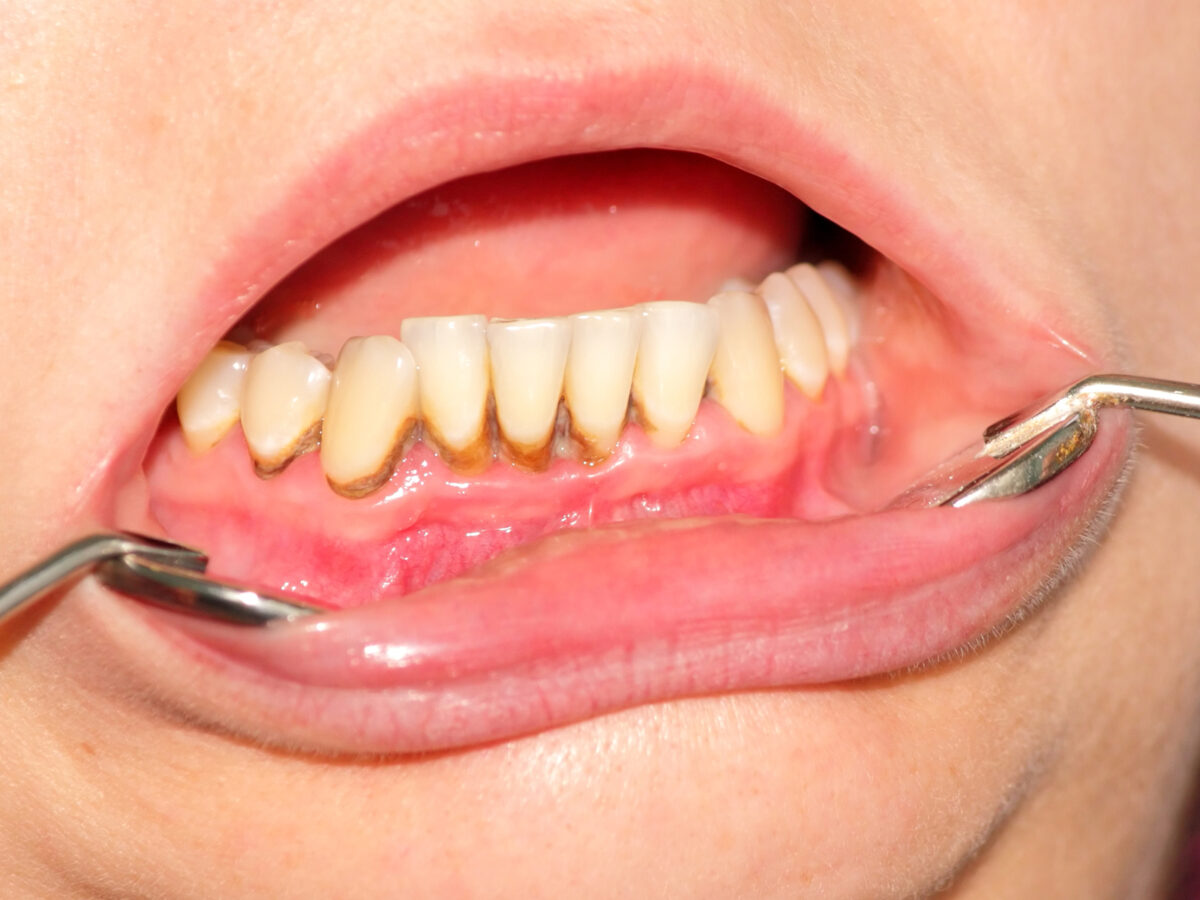Blog
Dental hygiene tips for healthy teeth & gums

What Is Black Tartar?
The white color of our teeth is determined by the amount of calcium present in the teeth enamel. Teeth color mostly ranges from bright white to whitish-yellow to whitish-gray. Calcium is naturally white, and most of our teeth get its color from calcium.
But if teeth are not brushed properly, there could be a combination of other substances in your teeth that might give it yellow or gray shades. The shades are due to plaque buildup, which develops into a more complex substance called tartar if not removed in time.
Tartar appears yellow above the gum line, but the more time it stays there without treatment, its color changes to brown, green, or black. Below the gum line, tartar is always black.
Reasons for Black Tartar
The primary reason behind tartar is not following good oral hygiene. If the tartar has turned black or reached below the gum line, the culprits are probably improper brushing or flossing. Few other factors that may cause black tartar to form are:
- Smoking – Smoking and other tobacco use cause tartar to turn black and make gums more prone to gum diseases.
- High intake of sugar and starch – Sugary and starchy food and beverages cause acid buildup, which eventually results in tartar. If you consume dark-colored drinks like red wine or coffee, they may stain the tartar to a darker color like black.
- Damage or some trauma to the enamel – Enamel is the outer coating, and it protects your teeth from decay and damages. If this layer is damaged, then it may make tartar appear darker or black.
- Subgingival tartar – Subgingival tartar is the tartar below the gumline. It tends to take a black appearance since the tartar at that place can combine with blood from damaged or sensitive gums. This indicates severe gum disease.
How to Treat Black Tartar
Black tartar is not just an aesthetic issue it’s a medical concern and should be removed by your dentist. Your dentist will do a scaling and root planning procedure to scrape off the tartar from above and below the gum line.
Symptoms that You Might Have Black Tartar
Signs that let you know you might be having black tartar are:
- Bad breath
- Swollen, red, or bleeding gums.
- A dark stain on teeth surface
- Hard deposits forming on your teeth.
- Loosening of teeth.
Tartar is a tooth condition that can be prevented by taking a few precautions and preventive measures. The list includes;
- Brushing at least twice a day, using a tartar control toothpaste that contains fluoride.
- Flossing minimum once a day so that any food or bacteria trapped within teeth can be removed.
- Avoiding certain sugary and starchy foods or drinks.
- Avoiding tobacco products.
Another important thing is to visit your dentist regularly to catch any teeth issue before it turns worse. If you have developed tartar, then the wise thing to do is visit your dentist, as they are the best people to guide you to the best course of action.
Schedule your appointment with a dentist today and get the treatment on time!


